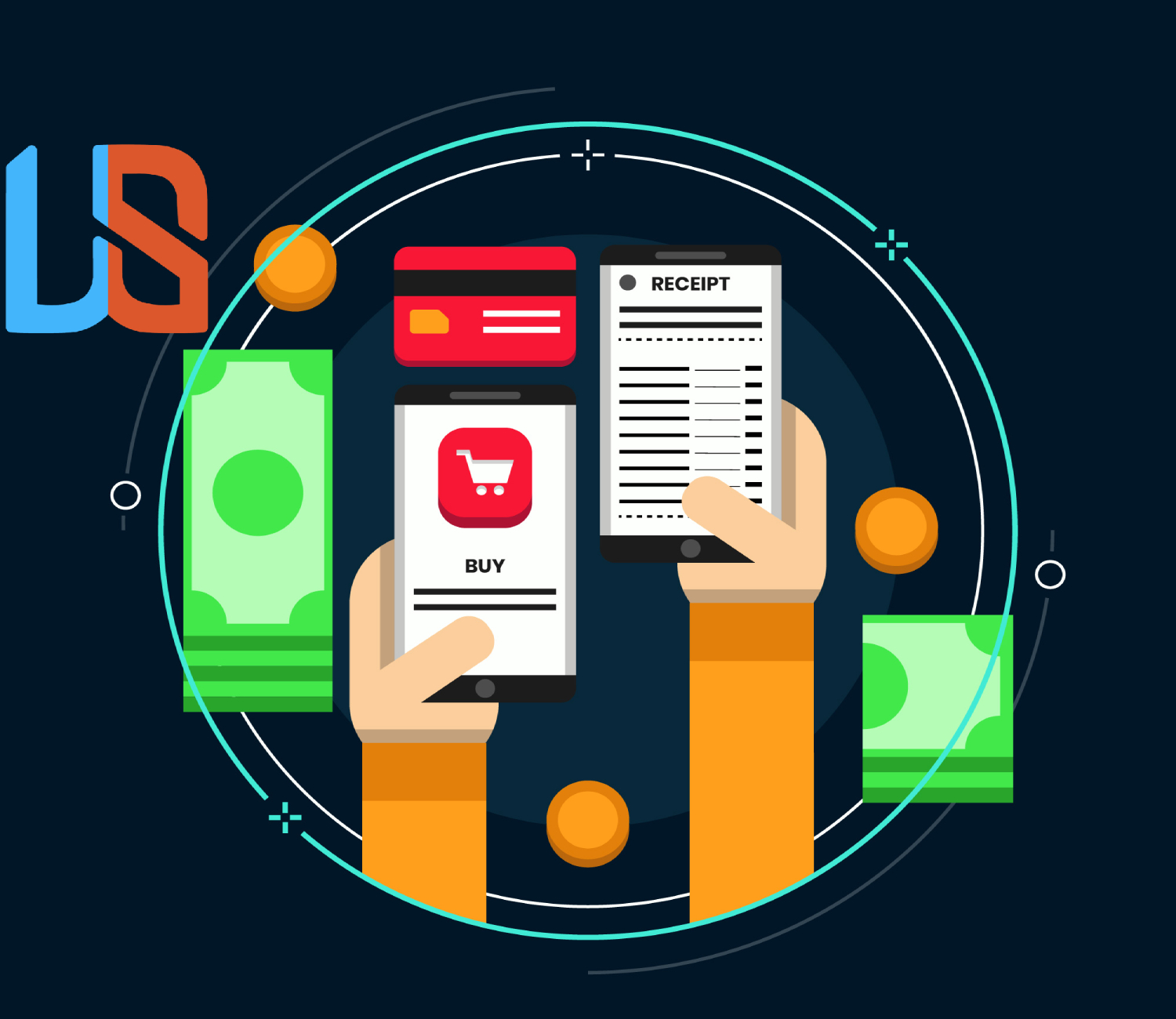
In an increasingly digital world, mobile payment solutions have revolutionized the way we conduct financial transactions. Gone are the days of carrying cash or fumbling for credit cards. With the rise of smartphones and mobile payment apps, consumers can now make seamless and secure payments with just a few taps on their devices. This article explores the growing popularity of mobile payment solutions, the benefits they offer to consumers and businesses, and their role in facilitating seamless transactions.
The Evolution of Mobile Payments
The concept of mobile payments originated with mobile wallets, enabling users to securely store credit card information on smartphones. As technology advanced, mobile payment apps emerged, offering diverse payment options like Near Field Communication (NFC), Quick Response (QR) codes, and peer-to-peer transfers. Today, mobile payment solutions are ubiquitous, with numerous apps and services catering to various user preferences in the digital landscape.
Convenience and Accessibility
The primary appeal of mobile payment solutions lies in their convenience and accessibility. With a smartphone in hand, consumers can make payments anytime, anywhere. Whether at a retail store, a restaurant, or even while shopping online, mobile payment apps eliminate the need to carry physical cash or credit cards. This level of convenience streamlines the payment process, reducing checkout times and enhancing the overall customer experience.
Contactless Payments and Hygiene Benefits
In the wake of the COVID-19 pandemic, contactless payments gained significant traction due to their hygiene benefits. With mobile payment solutions, users can make contactless payments by simply tapping their smartphones or scanning QR codes, minimizing physical contact and potential virus transmission. This added layer of safety has further accelerated the adoption of mobile payment technologies.
Enhanced Security and Fraud Protection
Mobile payment solutions prioritize security to build user confidence. Encryption and tokenization technologies safeguard sensitive payment information, making unauthorized access difficult. Biometric authentication, like fingerprint or facial recognition, enhances security, protecting against fraudulent transactions.
Loyalty Programs and Rewards
Mobile payment apps often integrate loyalty programs and rewards, incentivizing customers to use their platforms for payments. By linking purchases to loyalty accounts, users can accumulate points, cashback, or discounts, fostering customer loyalty and encouraging repeat business.
Versatility and Integration
Mobile payment solutions are versatile and can be seamlessly integrated into various business environments. They are equally applicable to small businesses, large retailers, online marketplaces, and even charitable organizations. This versatility allows businesses of all sizes to embrace mobile payments and cater to a broader customer base.
Simplified Peer-to-Peer Transfers
Beyond facilitating commercial transactions, mobile payment solutions also simplify peer-to-peer transfers. Users can easily send money to friends, family, or colleagues within seconds, eliminating the need for physical cash exchanges or traditional bank transfers.
Boosting E-Commerce Growth
The widespread adoption of mobile payment solutions has significantly contributed to the growth of e-commerce. By providing a seamless and secure payment experience, these solutions reduce cart abandonment rates and encourage impulse purchases, driving e-commerce sales and expanding the online marketplace.
The Future of Mobile Payments
As technology advances, the future of mobile payment solutions holds promise. Integration of emerging technologies like blockchain and Internet of Things (IoT) will enhance security, scalability, and seamlessness of mobile payments. The development of Central Bank Digital Currencies (CBDCs) could revolutionize the landscape, offering new opportunities for cross-border transactions and financial inclusivity.
FAQs
Mobile payment solutions are digital platforms or apps that enable users to make payments using their smartphones or other mobile devices. These solutions provide convenient and secure alternatives to traditional cash or credit card transactions.
Mobile payment solutions offer convenience, accessibility, contactless payments with hygiene benefits, enhanced security and fraud protection, loyalty programs and rewards, versatility and integration for businesses, simplified peer-to-peer transfers, and support for e-commerce growth.
Mobile payment apps enhance security through encryption and tokenization technologies to protect sensitive payment information. Many apps also offer biometric authentication, such as fingerprint or facial recognition, for added protection against unauthorized access.
Mobile payment solutions support e-commerce growth by providing a seamless and secure payment experience, reducing cart abandonment rates, and encouraging impulse purchases, thus driving e-commerce sales and expanding the online marketplace.
The future of mobile payments is expected to incorporate emerging technologies like blockchain and Internet of Things (IoT) for even more secure and seamless transactions. The development of Central Bank Digital Currencies (CBDCs) may also bring new possibilities for cross-border transactions and financial inclusivity.
Conclusion
Mobile payment solutions have ushered in a new era of convenience and efficiency in the world of financial transactions. By offering contactless payments, enhanced security, and seamless integration, these solutions have become an integral part of modern-day commerce. As businesses and consumers continue to embrace digital transformation, mobile payment solutions are poised to play an increasingly vital role in facilitating seamless transactions and reshaping the way we conduct financial interactions in the years to come.





